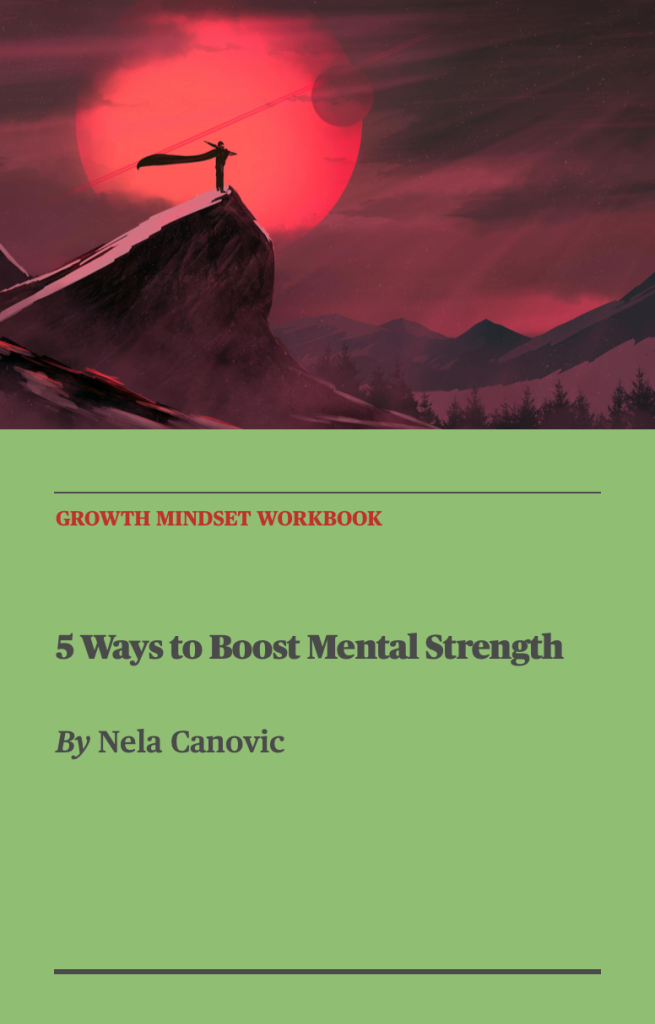I can’t imagine a single philosophy to be perfect, but I do believe there’s one philosophy that has many practical applications in our modern 21st century life, and that is Stoicism.
The original Stoics — Seneca, Zeno, Marcus Aurelius, Musonius Rufus, and Epictetus to name a few — didn’t think of themselves as perfect human beings who preach a perfect way to live. I don’t believe that was on their list of life goals. But they were focused on values and finding ways to live a life of virtue, a more meaningful life, a life that is inward and not outward-focused. And to stay on the path of a virtuous life, they built habits they practiced their whole lives.
This is where the practical aspect of a philosophy comes in. We can apply Stoicism — or any philosophy — by building habits to reinforce it, to adopt a certain belief and value system, to practice critical thinking skills, to adapt our behavior with self-discipline, and in the process learn more about ourselves.
Daily habits for practicing Stoicism can include a number of things. For example:
Learning to accept discomfort.
Being stoic doesn’t mean surrounding yourself with material things or other people so you feel comfortable all the time and expect this state of comfort will make you happy. Instead, it means taking life in stride and making peace with discomfort. Why is this important? Because having something today can mean you take it for granted and expect it to last forever. But what if it doesn’t last? If you learn how to rely on yourself, then when tough times come around you’re better prepared to deal with them. How do you learn to rely on yourself? Try to solve problems by yourself first even if that means making mistakes, before you give up or turn to someone else to help you fix the situation.
Managing obstacles more easily.
When we reach an obstacle, we tend to react by complaining. It’s not fair! This is impossible to fix! It’s not my fault! But complaining won’t change a thing. What will make a difference is getting proactive. First, learn to anticipate obstacles. If you prepare yourself psychologically for them, they won’t feel as big or important to you when they happen. Second, use the opportunity to pause, learn something new, think it through, and try a different solution that can yield better results. And third, take advantage of this time to achieve mastery in one area to become an expert at it. By eliminating the obstacle, you’re in a position to move forward faster, better, and in line with stoic principles.
Maximizing your unique strengths.
The Stoics didn’t believe in having to change themselves completely in order to lead a high quality of life. They believed they should take advantage of their unique strengths and abilities. You can practice this in two ways. First, take an honest look at yourself — what you are doing right now and where you are going with your life. Are you overestimating your abilities or are you being objective and realistic about what you can do and how you can reach your goals? Second, think of ways in which you can take advantage of what you have going for you — your personality, the things you’re good at, the skills you possess and take pride in. Then focus on doing exactly that and on developing your strengths, instead of worrying about potential weaknesses or things you don’t already possess.
Calming your mind.
It’s not uncommon to have thousands of thoughts bouncing around in our mind, many of which aren’t exactly sunny and happy ones. Those thoughts can also be negative, self-critical, dismissive. They can focus on past failures, embarrassing mistakes, and tap into our insecurities. The good news is this: even though you may think so, you are not your thoughts. You are much bigger than your thoughts! And there are ways to effectively manage random thoughts and not let them rule your life, your day, and every waking hour. A short, 1-minute meditation to calm your thoughts might be a good idea — try the Headspace or Calm apps to get you in the habit. Or, practice the 4–7–8 breathing exercise to help reduce stress and help you think more clearly.
Practicing self-discipline.
This is probably the top habit to embrace if you want to practice stoicism. Why? Because putting off activities that make you feel great does have its advantages. When you give yourself a good dose of self-discipline, you do something difficult first in order to reward yourself later. There’s even science to back this up. Stanford University’s Marshmallow experiment shows how delayed gratification can increase your chances at succeeding in many areas of your life. You can practice this too. For example, if you want to watch a movie or catch up with a phone call to friends, leave it for after you have completed what you planned to work on during the day.
📖 I’ve been a big advocate of stoic habits for quite a while, so I created a workbook called 7 Ways to Practice Stoicism: Become more resilient, reduce fear and suffering, and lead a content life. It includes question prompts, a workbook section, a list of recommended reading, a weekly plan template, and an obstacle journal template. You can learn more about it here.
